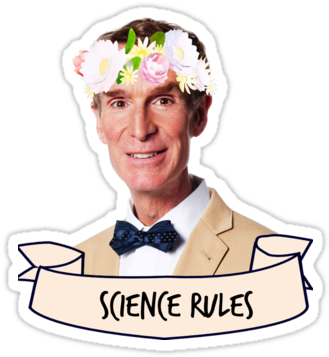this post was submitted on 05 Feb 2025
839 points (99.2% liked)
Science Memes
11972 readers
2138 users here now
Welcome to c/science_memes @ Mander.xyz!
A place for majestic STEMLORD peacocking, as well as memes about the realities of working in a lab.

Rules
- Don't throw mud. Behave like an intellectual and remember the human.
- Keep it rooted (on topic).
- No spam.
- Infographics welcome, get schooled.
This is a science community. We use the Dawkins definition of meme.
Research Committee
Other Mander Communities
Science and Research
Biology and Life Sciences
- [email protected]
- [email protected]
- [email protected]
- [email protected]
- [email protected]
- [email protected]
- [email protected]
- [email protected]
- [email protected]
- [email protected]
- [email protected]
- [email protected]
- [email protected]
- [email protected]
- [email protected]
- [email protected]
- [email protected]
- [email protected]
- [email protected]
- [email protected]
- [email protected]
- [email protected]
- [email protected]
- [email protected]
- !reptiles and [email protected]
Physical Sciences
- [email protected]
- [email protected]
- [email protected]
- [email protected]
- [email protected]
- [email protected]
- [email protected]
- [email protected]
- [email protected]
Humanities and Social Sciences
Practical and Applied Sciences
- !exercise-and [email protected]
- [email protected]
- !self [email protected]
- [email protected]
- [email protected]
- [email protected]
Memes
Miscellaneous
founded 2 years ago
MODERATORS
you are viewing a single comment's thread
view the rest of the comments
view the rest of the comments

I've never found a good link, and I'm not certain that I know best, but I can try to explain it to you.
First: an understanding of the Pauli exclusion principle. Often people ask "Why can't there be 3 electrons in that orbital, there's plenty of space?" The thing is that the electrons are completely¹ defined by just 4 numbers: spin (±½), shell (positive integer), subshell (integer from 0 to shell-1) and magnetic (integer form -subshell to +subshell). Why there can't be more than 2 electrons in the 1st shell is that you can chose spin from (±½), shell is 1, subshell has to be 0, magnetic has to be 0. Its like asking "Why can't there be 3 integers between 0 and 3, there's plenty of space?" and the answer is that whatever integer you come up with will be one of the 2 already known (1, 2).
Similarly, as I understand it, the fundamental laws of physics don't distinguish between "things" closer than 1 Planck length apart. That doesn't necessarily mean that the universe operates on a 1 Planck length grid, just that any two "things" separated by less than a Planck length are indistinguishable from one new "thing" with different properties.
I'm fairly confident in the PEP description, the Planck length one I'm less 100% sure about, but its how I understand it at least.
¹assuming a universe comprised of only a single hydrogen atom, otherwise the states of everything else in the universe can perterb the state functions and things can get messy, but usually not enough to merge shells.
Thank you for trying, your explanation is not nearly dumb enough. I feel like the match girl smelling the roast while having a bite of stale bread. There is knowledge I just can smell but not taste. The one thing I got though that clarified a bit is that Planck lengths is not a statement that space, the 3 dimensions, is quantized but rather that it's mathematically insignificant when trying to distinguish two particules separated by Less than that length.
The smallest particles are not actually balls, but are wibbly wobbly. To measure something we need to interact with it, even if we interact with it using light. But because those particles are all wibbly wobbly, we can't say for sure where they are exactly. And that unsure distance is Plancks length.
Disclaimer; I am not theoretical not a physicist, now eat your vegetables.